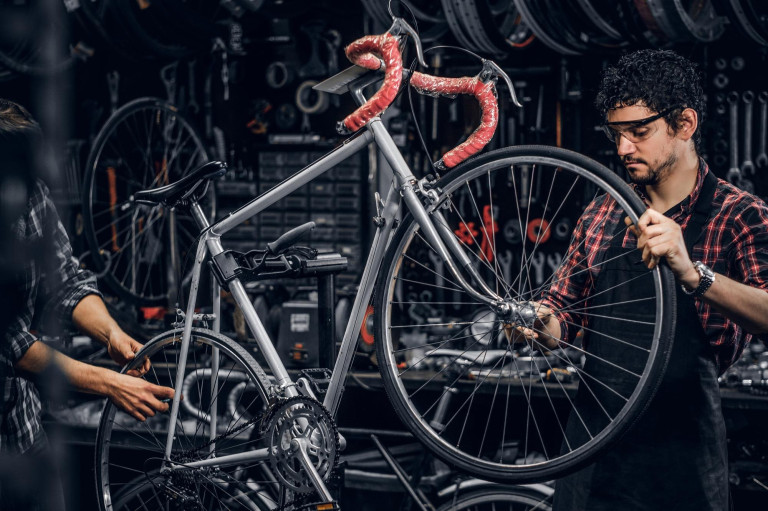
The Anatomy of Sport Bikes: Exploring Parts
- By Jessica Moore | Jan 18, 2024
The Anatomy of Sport Bikes: A Comprehensive Exploration of Key Components
Sport bikes are a marvel of engineering, and understanding their anatomy is crucial for enthusiasts and riders alike. This breakdown delves into the key components that make up these high-performance machines, shedding light on engine specifications and the integral role each part plays in achieving optimum performance.
1. Frame and Chassis: The frame serves as the backbone of a sport bike, providing structural integrity and supporting various components. Chassis components, including the suspension system and swingarm, contribute to the bike's stability and handling. Advanced materials, such as aluminum or carbon fiber, are often used to achieve a balance of strength and lightweight construction.
2. Engine and Transmission: At the heart of every sport bike is its high-performance engine. Engine specifications vary widely, with configurations ranging from inline-four to V-twin. The engine's power delivery, torque curve, and redline are critical factors influencing the bike's overall performance. The transmission system, typically a multi-speed gearbox, ensures efficient power transfer to the wheels.
3. Exhaust System: The exhaust system plays a dual role, expelling exhaust gases and contributing to the bike's aesthetic appeal. Performance exhaust systems enhance power output, reduce weight, and produce a distinctive exhaust note. Material choice, such as stainless steel or titanium, influences both durability and weight.
4. Suspension System: Sport bikes feature advanced suspension systems designed for precise handling and responsiveness. Components like forks and shock absorbers manage the bike's interaction with the road, absorbing bumps and ensuring optimal tire contact. Adjustable suspension allows riders to fine-tune settings for different riding conditions.
5. Wheels and Tires: Lightweight, high-performance wheels contribute to a sport bike's agility. Tubeless radial tires provide superior grip and handling characteristics, crucial for navigating tight corners and achieving optimal performance during acceleration and braking.
6. Braking System: Sport bikes are equipped with advanced braking systems to ensure rapid deceleration and precise control. Disc brakes, often featuring anti-lock braking systems (ABS), provide the stopping power needed for aggressive riding. Brake components, such as calipers and rotors, are designed for optimal heat dissipation.
7. Fairings and Bodywork: Aerodynamics play a key role in a sport bike's performance. Fairings and bodywork are designed to reduce air resistance, enhancing top speed and stability. Stylish and streamlined, these components also contribute to the bike's visual appeal.

